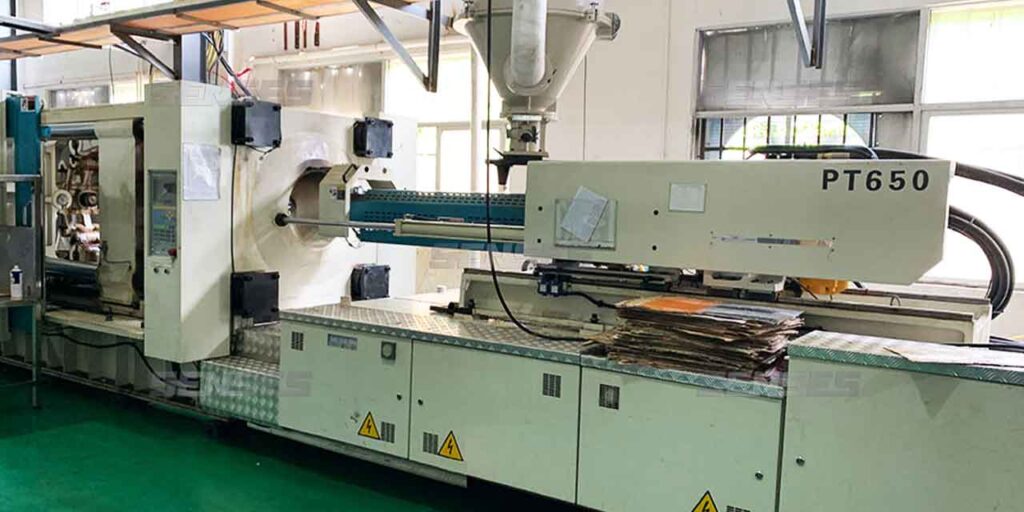Ever wonder how everyday items like your phone case or car dashboard are made? Customization in ABS plastic molding is a big deal for anyone wanting products that fit their exact needs. ABS plastic is great because it’s strong and flexible, making it perfect for creating all sorts of custom parts. With customization, Senses’s can make things exactly the way you want—whether it’s the size, shape, color, or even the surface texture. This means the final product not only works great but also looks just like you pictured it. It’s especially useful in areas like car parts, electronics, and everyday gadgets where people want things to be unique and top-notch.
What’s ABS Plastic, Anyway?
The Basics:
ABS stands for Acrylonitrile Butadiene Styrene—quite a mouthful, right? Breaking it down, it’s a type of plastic that’s strong, lightweight, and super durable. It’s made from three different ingredients that each bring something to the table, like impact resistance and heat stability, making ABS perfect for all sorts of projects.
Why Do We Love ABS?

It’s tough, easy to mold, and relatively cheap. You’ll find ABS in everything from toys to kitchen appliances because it can handle whatever life throws its way while keeping costs low.
Everyday Uses for ABS Molding
Electronics and Gadgets
It’s tough, easy to mold, and relatively cheap. You’ll find ABS in everything from toys to kitchen appliances because it can handle whatever life throws its way while keeping costs low.
Vroom Vroom—In Your Car:
If you’ve ever admired the interior of your car, you can thank ABS for a lot of those parts. It’s used in dashboards, door panels, and more.
Things Around the House
ABS’s versatility means it shows up in plenty of household items like popular kitchen gadgets, toys, and even some types of furniture.
The Process of ABS Plastic Injection Molding

1. Material Preparation
Before the injection molding process begins, the ABS plastic must be prepared. This involves drying the pellets of ABS resin, as excess moisture can impede the molding process and result in inferior quality products. Depending on the specific formulation of ABS, the drying temperature and duration may vary. It’s essential to follow the manufacturer’s guidelines for optimal results.
2. Melting the ABS Material
Once the ABS is dry, it is fed into the injection molding machine, where it is heated to transform it from solid pellets into a molten state. The temperatures typically range around 200 to 250 degrees Celsius (392 to 482 degrees Fahrenheit). During this stage, the material is also subjected to shear forces created by the screw within the machine, which helps to homogenize the melt for even processing.
3. Injection Phase
In this crucial stage, the molten ABS is injected into a pre-designed mold cavity at high pressure. The rapid and controlled injection ensures that the plastic fills every corner of the mold, preventing defects such as voids or incomplete features. The pressure applied also aids in ensuring that the material achieves a smooth and finished surface quality.
4. Cooling and Solidification
Once the mold is filled, the injected material is allowed to cool and solidify. The cooling time may vary based on the size and complexity of the part as well as the specific type of ABS used. A well-designed cooling system within the mold can significantly reduce cycle times and improve productivity.
5. Ejection of the Finished Product
After the part has cooled sufficiently, it is ejected from the mold using mechanical ejectors or a similar system. Proper ejection is crucial, as it prevents any damage to the product and the mold. Post-ejection, the pieces may undergo further quality checks to ensure they meet specifications before being sent for finishing processes such as trimming or painting.
6. Post-Processing
Once the ABS components are ejected, they often require additional processes such as trimming, painting, or assembly. The good news is that ABS can be easily post-processed, allowing for enhanced aesthetics or functionality in the final product. It can be painted or coated with adhesives, making it a favorable material for various applications.
Advantages of ABS Injection Molding
1. Durability and Strength: ABS is resilient and impact-resistant, perfect for tough use environments.
2. Smooth Surface Finish: Produces parts with a polished, glossy finish, reducing the need for additional finishing work.
3. Design Flexibility: Allows for complex designs, enabling innovation in product development.
4. Cost-Effective: Affordable material combined with efficient high-volume production reduces overall costs.
5. Lightweight: Offers strength without adding unnecessary weight, ideal for automotive and electronics.
The advantages of ABS plastic injection molding are substantial, making it a go-to choice for many manufacturers. Its balance of strength, lightweight properties, chemical resistance, and ease of processing make it suitable for various applications across multiple industries.
Senses: Your Partner in Injection Molding Solutions
Senses is an ISO 9001:2015 certified plastic injection molding company, offering a comprehensive array of services including mold and part design, prototyping, small-batch production, and full-scale manufacturing. We serve a diverse range of industries, encompassing automotive, medical, and consumer electronics. Our focus is on ensuring each product we deliver meets the highest standards of quality and functionality.
For personalized solutions and expert consultation, reach out to us today at info@senseschina.com.





